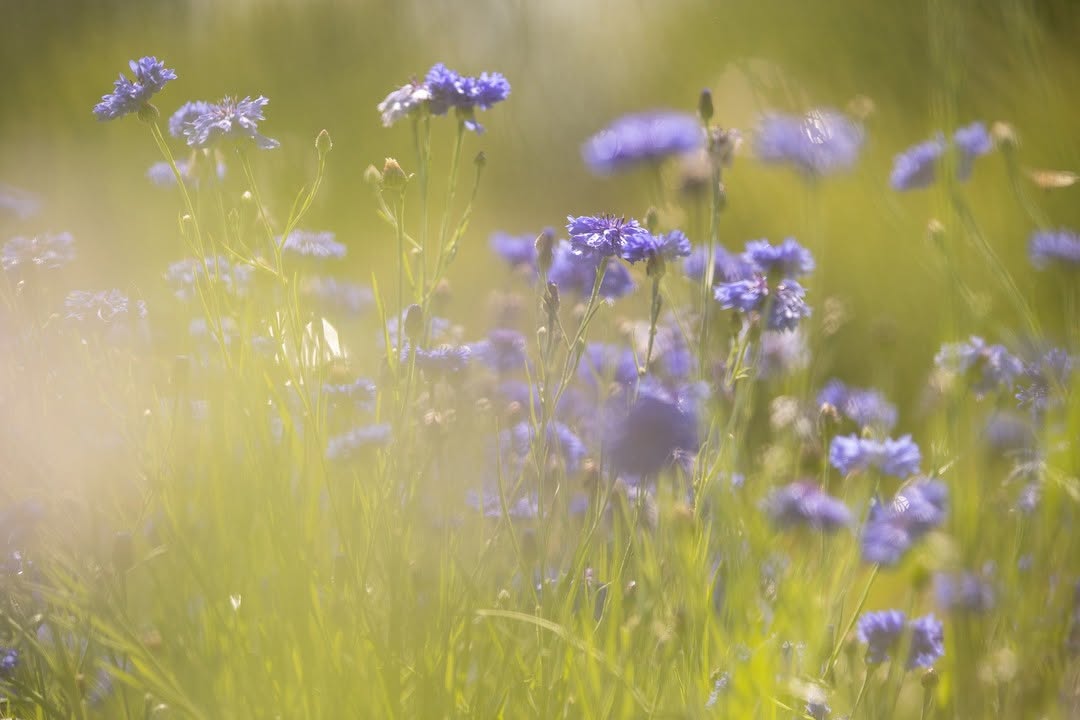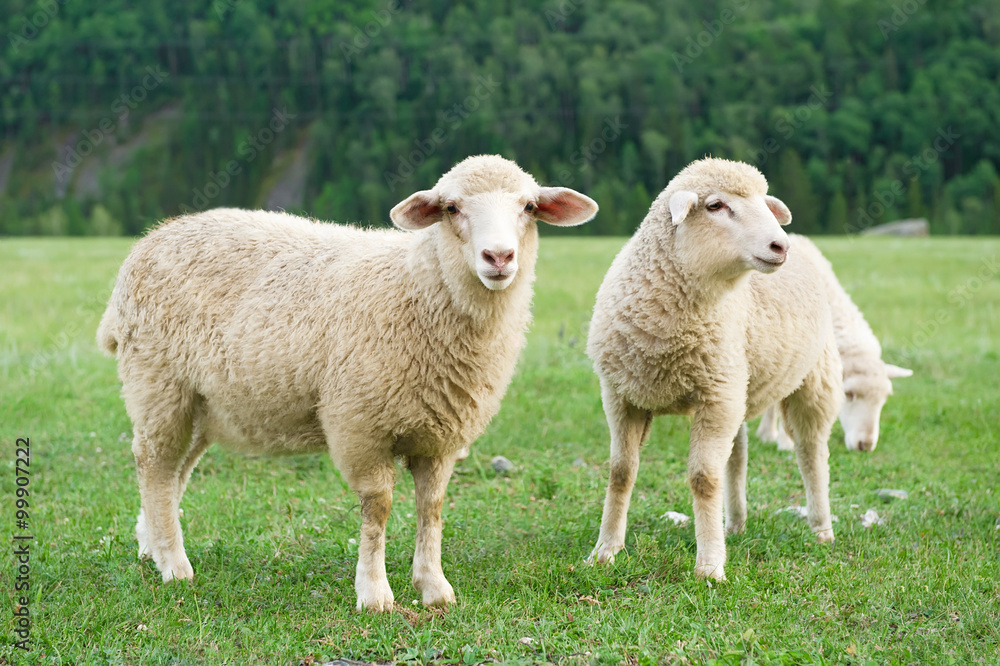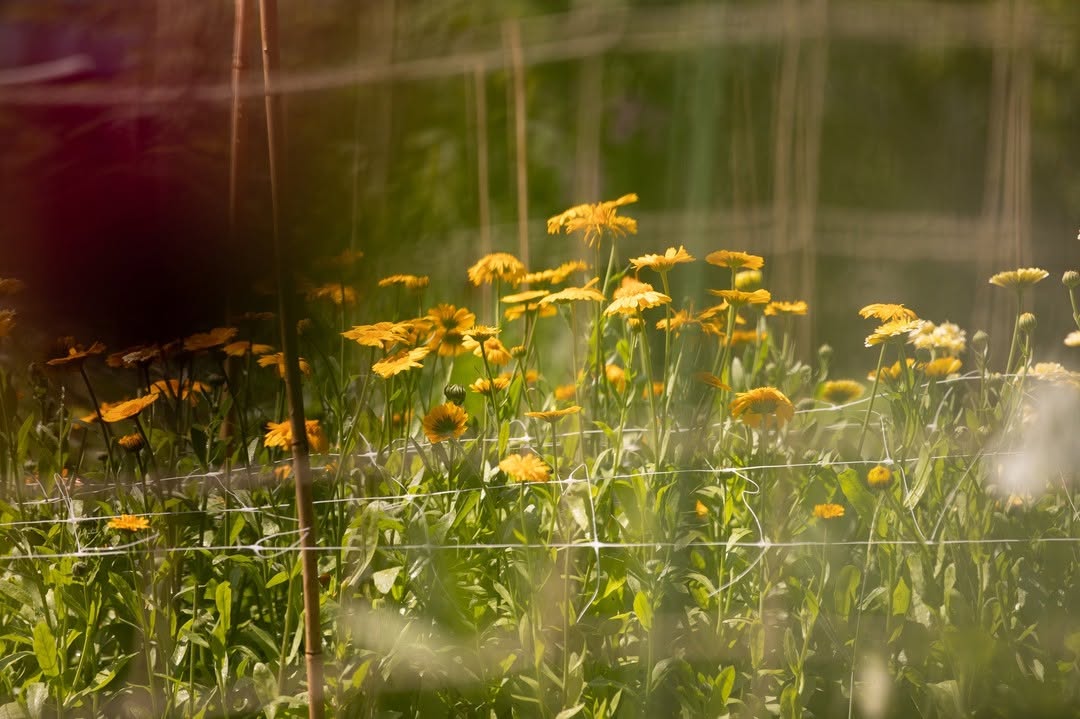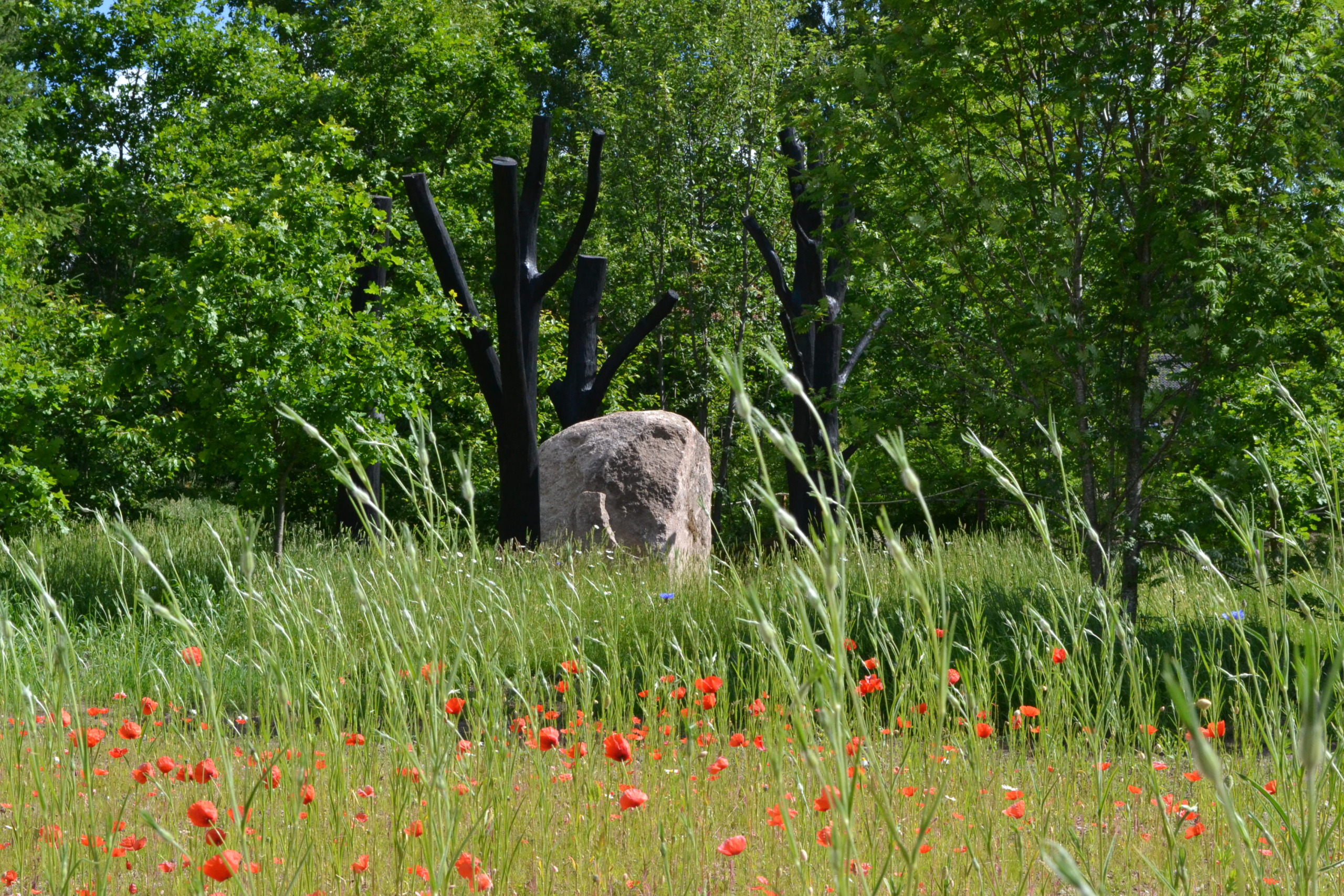
The meadows and pastures
Look past the meadows and pastures and say hello to the sheep. In the landscape where Astrid Lindgren grew up, there were plenty of pastures and grazing animals, including at Näs. So the sheep really belong here on the edge of the gardens. Together, pastures and meadows are some of our most species-rich landscapes, but today they are increasingly rare. Here at Näs we are creating new spaces for these cultural lands. A new place for natural diversity.
The meadow
In this garden area, you can find our cultivation of vegetables, flax, cereals, bee hives and grazing animals. In Astrid Lindgren’s stories we often get an insight into what it was like to be a farmer in Småland at the turn of the 20th century. By growing vegetables, flax, grains and grazing animals at Näs, we want to create a holistic picture of small-scale farming. We would like to generate an understanding of where the food and other raw materials in our everyday lives come from. Knowledge that is important for understanding human history and the future.
Cultivation
At Näs we grow vegetables, using traditional and modern methods. We show how to grow non-toxic and on a small scale. We cover crops and add organic material to the soil, which with the help of micro-life turns into humus. This provides good soil quality and nutrition for our plants. We grow vegetables in shifts and crop rotation, which means that we have planned which crops shall follow each other and be alternated in the beds. This is a way to reduce the risk of pests and diseases.
The sheep
Every season, the sheep graze at the meadow at Näs. By having meadows and grazing animals, biodiversity is maintained. In addition, the sheep’s wool, which is a good natural material, can be used to make yarn and also a covering material for crops.
Flax
Flax has been used in Sweden for hundreds of years to make textiles and ropes, among other things Here at Näs, we grow fiber flax, which is spun into fine linen threads and can be used for weaving and other textile crafts. The flax cultivation at Näs began as part of the “1 m² Flax” project, which aims to preserve knowledge about flax and its processing.
Grains
Here, we grow four different grains. Throughout history, grains have played a crucial role in people’s livelihoods. In several of Astrid Lindgren’s films, farmers in Småland work hard in the fields, which reflects how important the cultivation of grains has been throughout the ages. On our demonstration areas, we grow various cultivated grains to highlight the importance of preserving old varieties, that are locally adapted.
Bees at Näs
Buzzing in the tree canopies and raspberry thickets is a sure sign of summer. The comforting sound of bees diligently collecting nectar and pollen invites you to close your eyes and listen, and not without a sense of awe for their labour, flying purposefully from flower to flower to deposit pollen. If you’re curious about bees, take a look at our demonstration hive to see its inner workings. There you can also learn more about our honey bees and their amazing colonies.
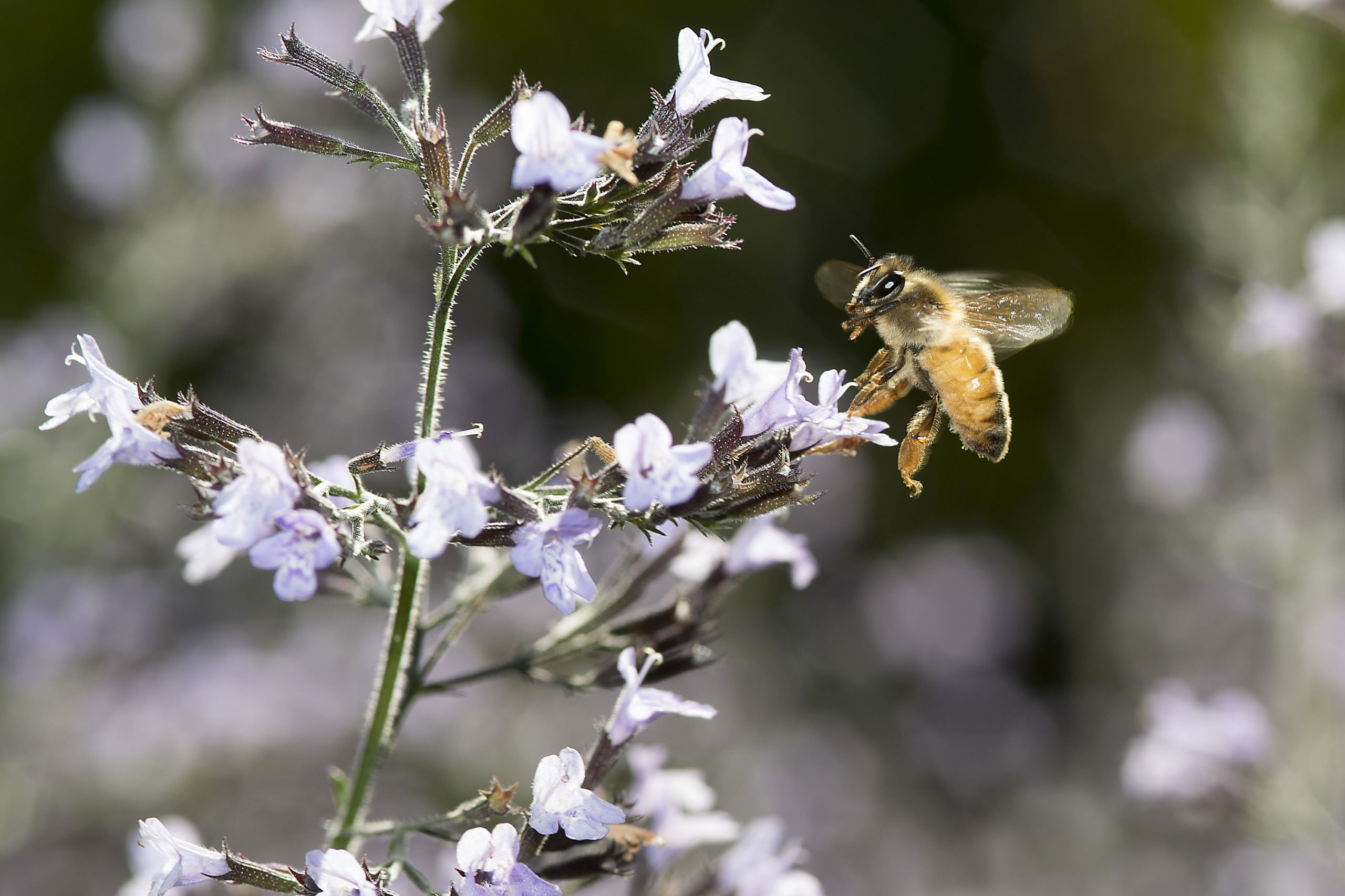
“My piece of Sweden is the Småland pastures, angelic lands born of an intimate fusion of forest and meadow, home to flowers, trees and birds. Green grazing lands for cows and sheep and a place for children to gather wild strawberries, truly they are angelic lands!”
From ‘Min bit av Sverige’ in ‘Livets mening’ by Astrid Lindgren
Read more about the gardens
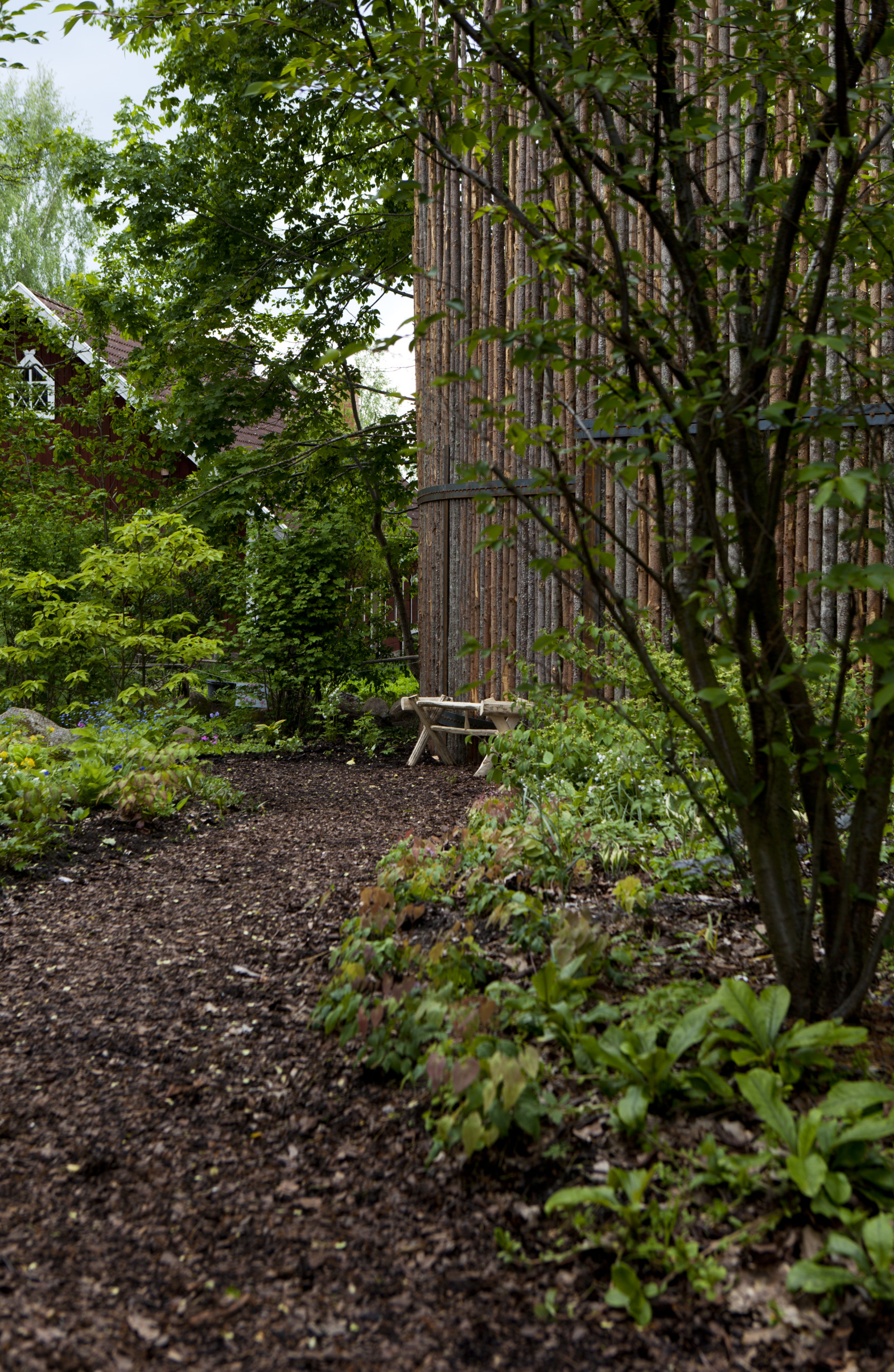
The Forest Grove
To create a sense of safety, a garden must be calm, bright, warm and friendly. This is exactly what you will find in the Forest Grove.
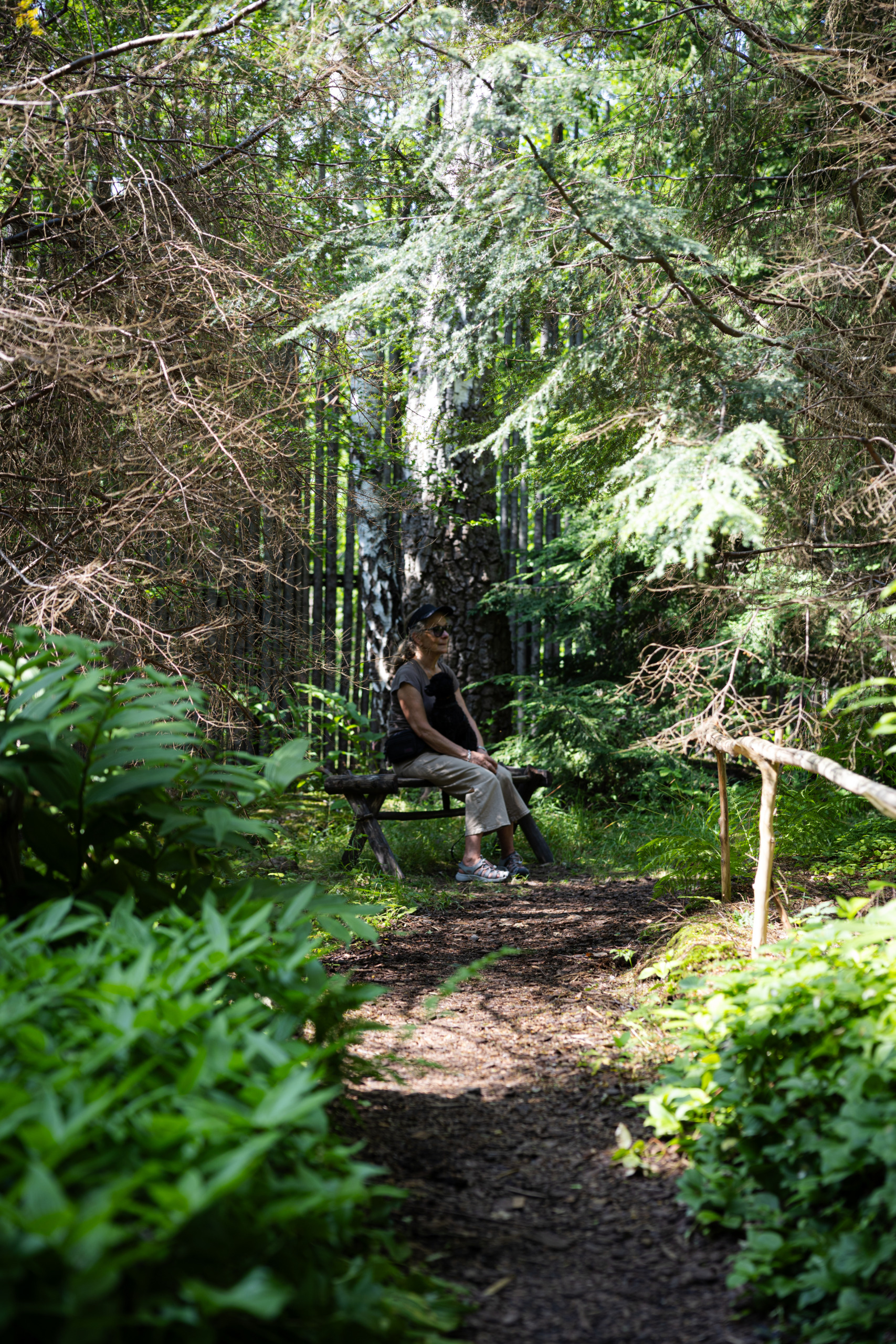
The moss garden
A forest room where everything falls still and quiet.
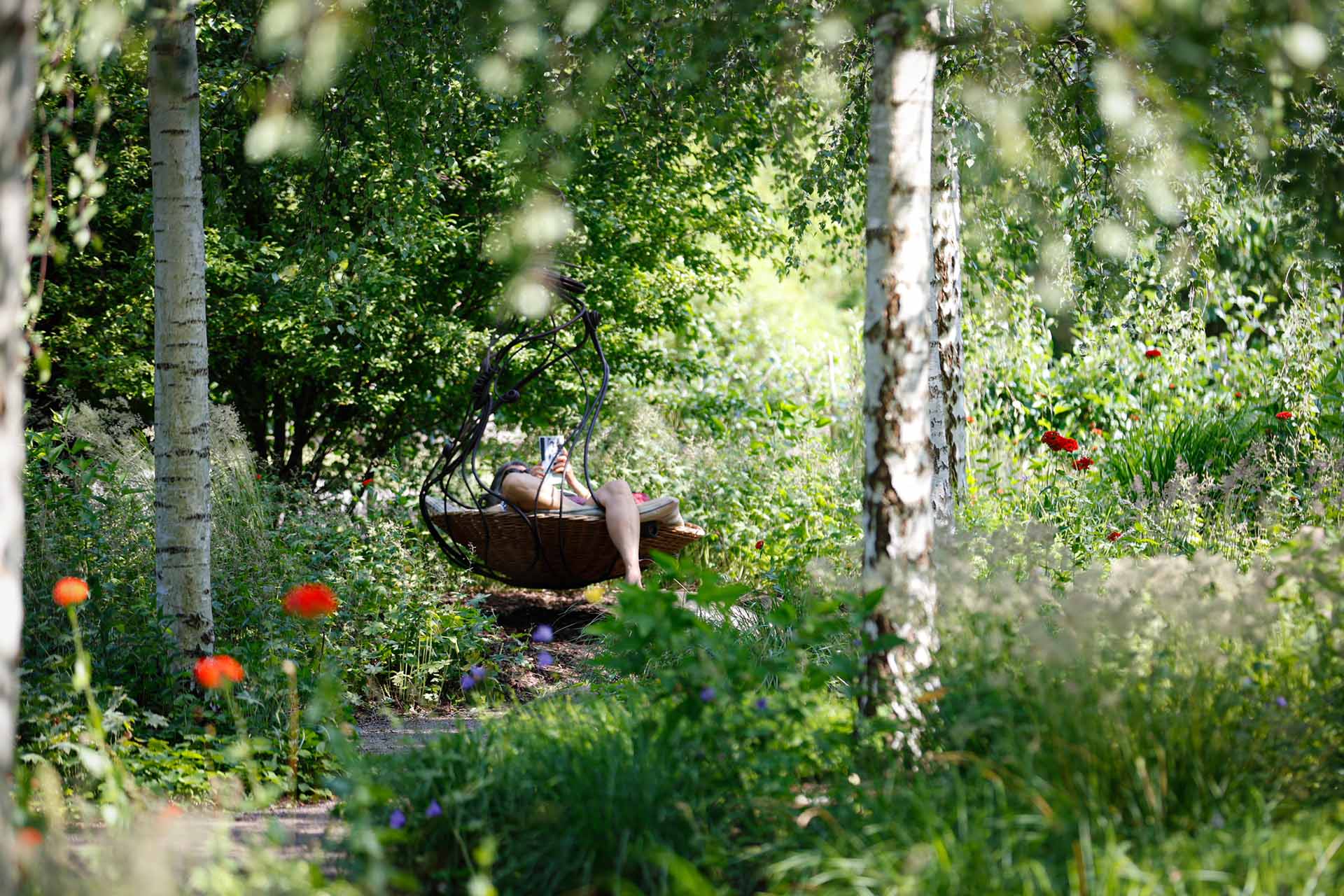
The Leaf Hall
In the centre of the open grassland just east of Astrid Lindgren’s childhood home, a group of birch trees have formed an oval room.




